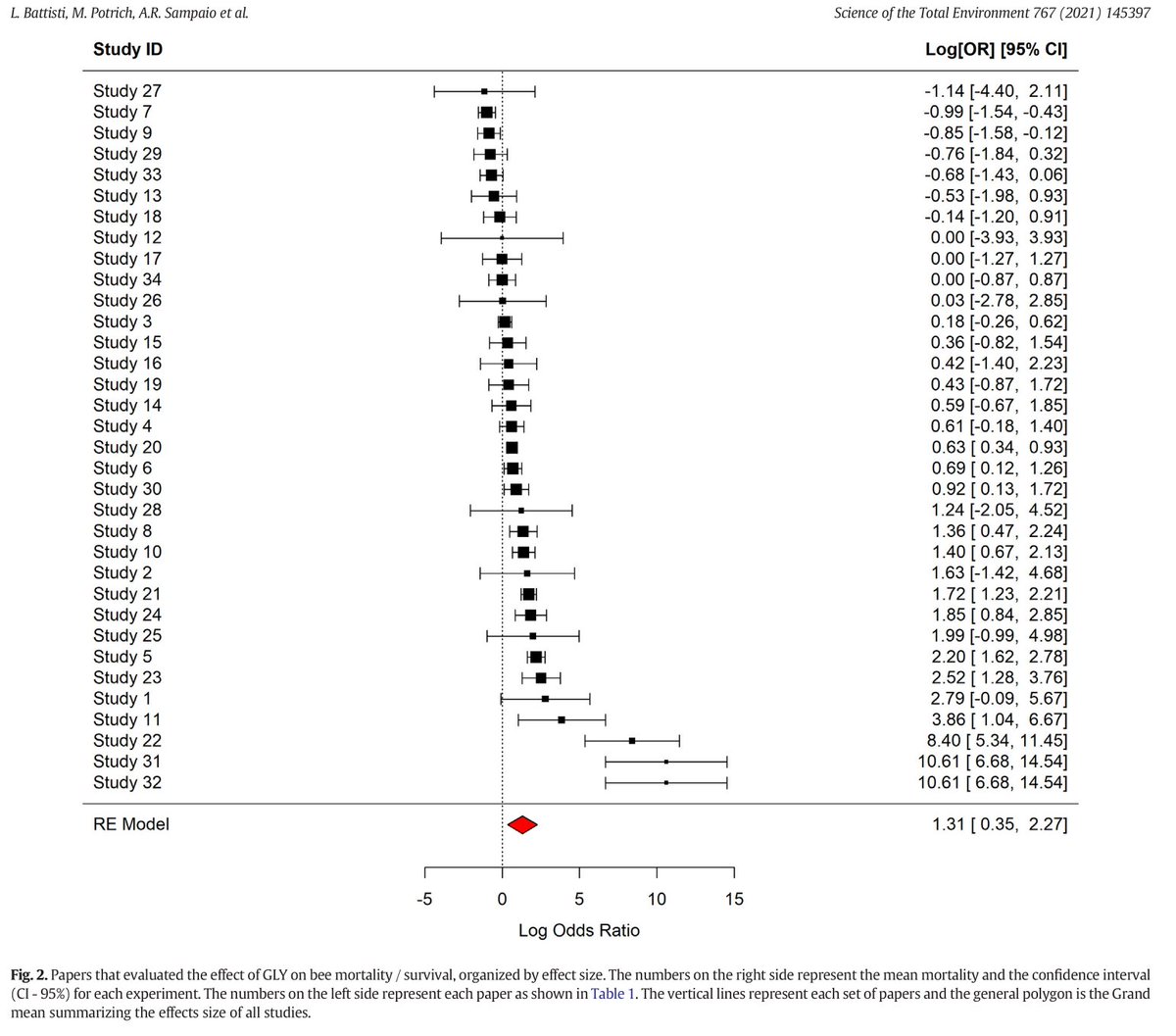
NEW RESEARCH: Roundup, the worlds most used weedkiller, can kill bumble bees! Why this is important and what it means for pesticides, a thread:
doi.org/10.1111/1365-2… 1/17
doi.org/10.1111/1365-2… 1/17
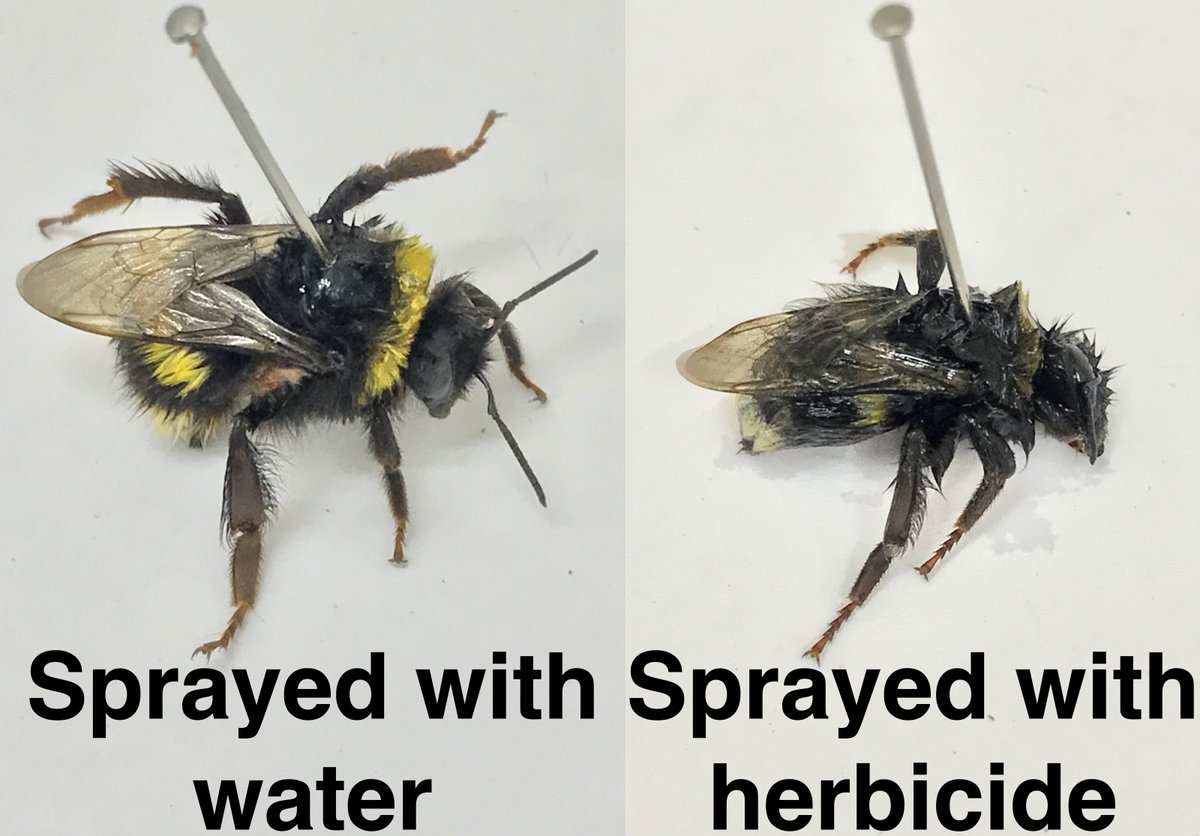
Roundup is the most popular brand of weedkiller worldwide, and glyphosate-based weedkillers make up about 20% of all pesticide use. 2/17
We tested consumer products, products I bought at supermarkets intended for garden use, as well as a widely used agricultural product; Roundup ProActive. 3/17 
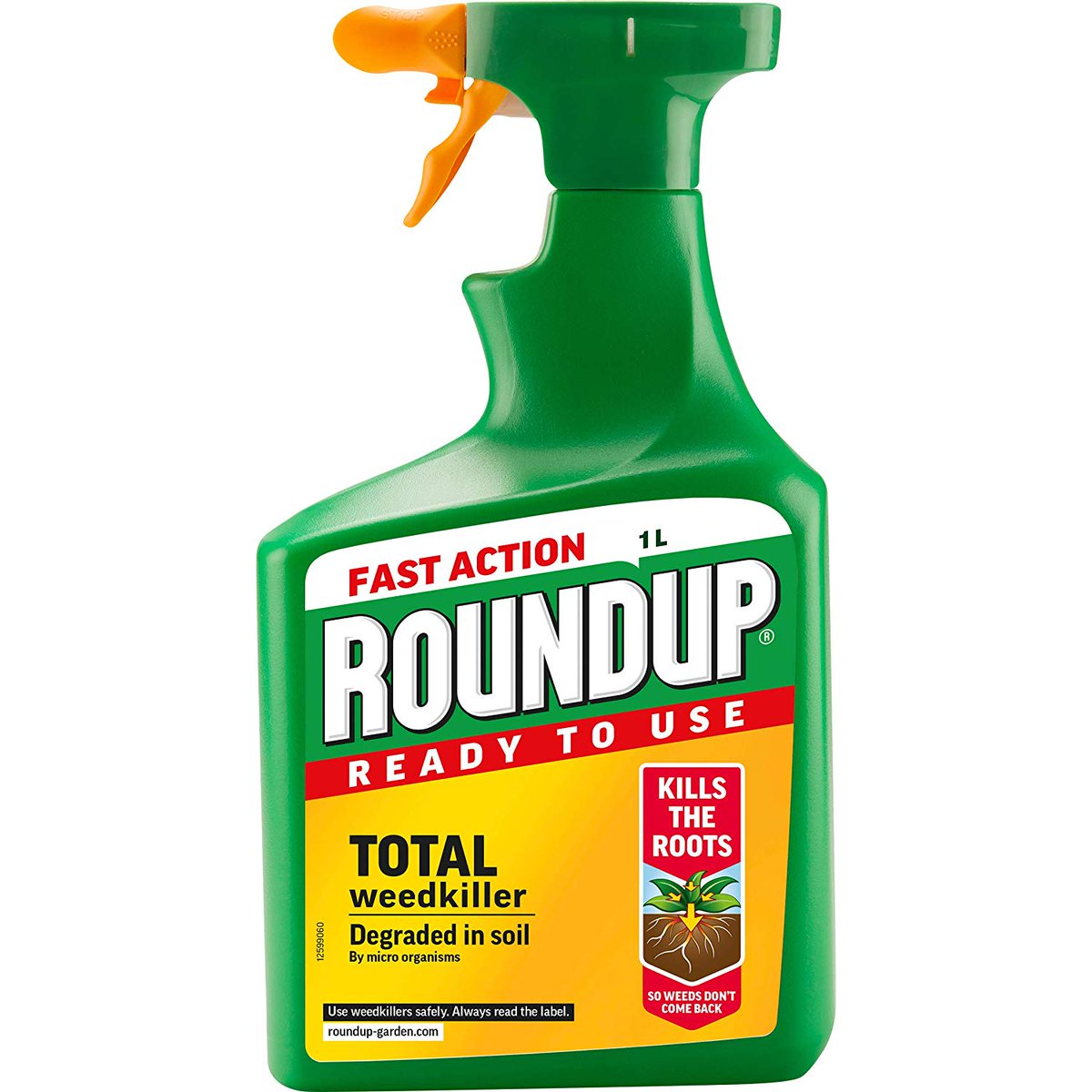
These products have NO LABEL RESTRICTIONS ABOUT BEES WHATSOEVER, not even the agricultural one. They even recommend spraying weeds as they flower. So bees foraging on flowering weeds, or glyphosate-resistant crops, can be sprayed directly with these substances. 4/17
HYPOTHESIS: Now if this is legal to do, surely these weedkillers are safe for bees? Surely when they're sprayed on bees they won't kill them? 5/17
METHODS: We sprayed bees in groups of 5 or 6 in a plastic box using the above-pictured spray bottle. This wasn't meant to be 'field realistic' for agriculture, we're just testing if these substances CAN kill bees at all. 6/17
As a control, we sprayed the exact same amount of water at room temperature, from the exact same type of bottle. 7/17
RESULTS: First: Roundup Ready to Use. This is your everyday consumer product, it's in just about every shed in the country. When applied to bees 94% (B) of them died within 24 hours versus just 4% (A) in the control. Pictured below is what it looks like. 8/17 
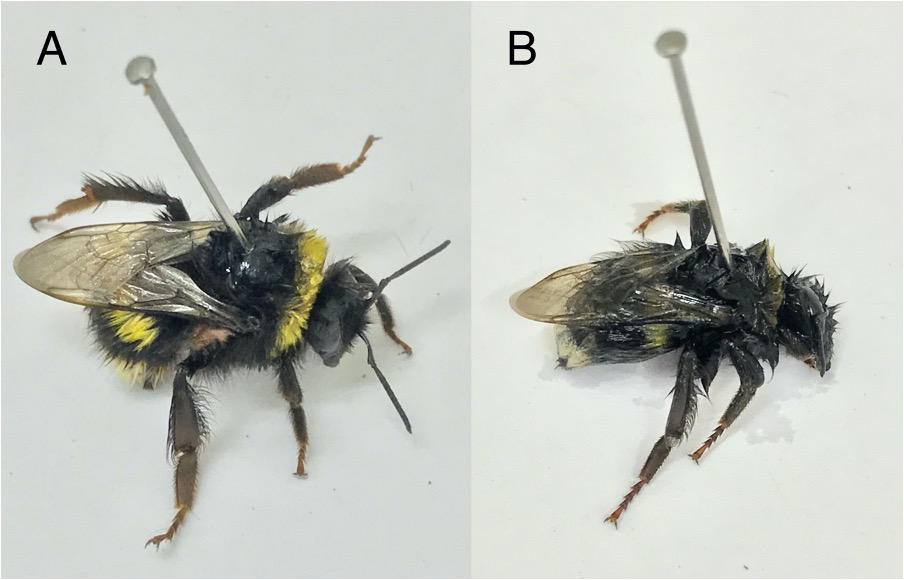
What's going on here? Well from the pictures you can see that the Roundup bees look like they've been dunked in hair gel while the control bees like they just got out of the shower. We think this is the SURFACTANTS in the formulation causing the body hairs to mat together. 9/17
We also think these SURFACTANTS are blocking the bees breathing holes, essentially drowning them to death. Now remember we have a control where only 4% of the bees died, so this isn't about the amount we sprayed, it's about what's in the liquid we sprayed. 10/17
We also saw similar, but less mortality with the agricultural product Roundup ProActive, 30% mortality over 24 hours. Scary given this stuff can be applied an unlimited number of times a year to fields in industrial quantities. 11/17
Second: the consumer product Weedol- also glyphosate-based. This caused LESS mortality than the control, meaning it's not toxic at all. This very conclusively demonstrates that it's not glyphosate to blame here, it's the co-formulants (likely the surfactants)! 12/17 
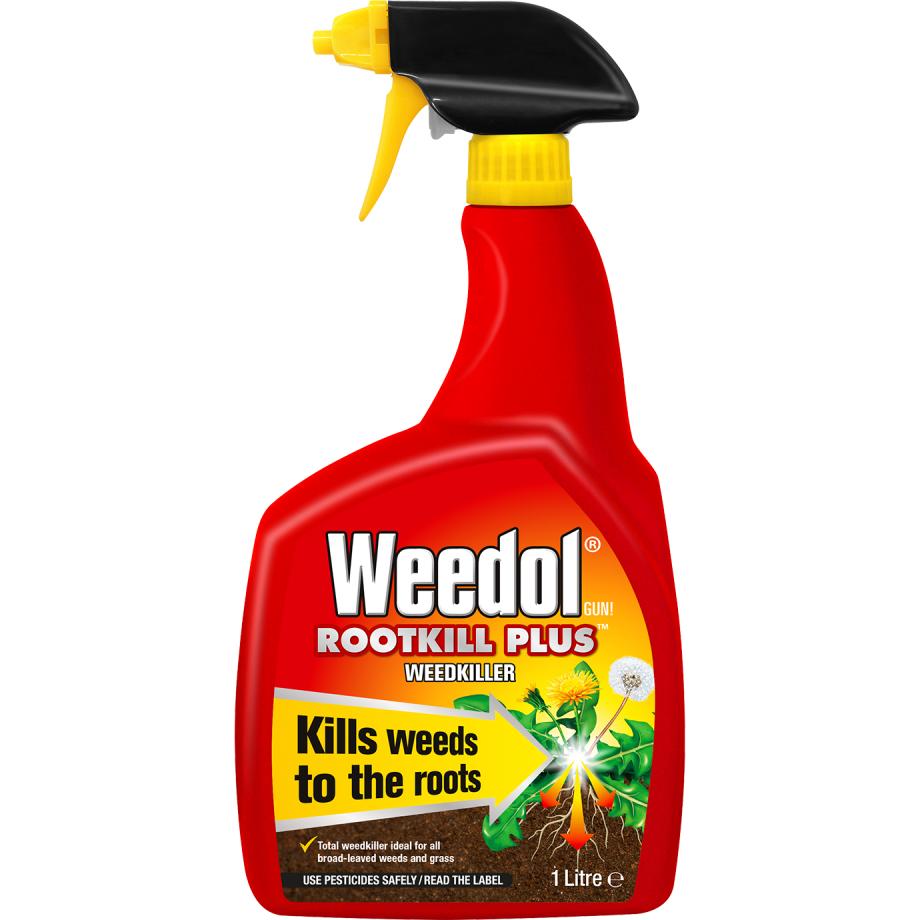
Discussion: What can we learn from this? Well, for one, herbicides are badly regulated. Because glyphosate itself is safe for bees, the 284 distinct products containing it in the UK can be applied with ZERO regard for bees safety. 13/17
This is irrespective of the co-formulants which differ from product to product and, as shown here, can be more toxic than glyphosate. We also show that herbicides CAN be bee-safe (Weedol), guiding the way for future product design. 14/17
Before I conclude I'd like to shout out @poshbee_eu for funding this work, @JAppliedEcology for publishing it, and my amazing co-authors for making it real (only @sphaerularia is on twitter). 15/17
To conclude. 1) Herbicide usage, by consumers and farmers, needs to be reassessed 2) The hundreds of different glyphosate products need to individually tested to ensure they're safe for bees 3) Co-formulants (surfactants) need to be studied because they can be dangerous! 16/17
Read the paper here doi.org/10.1111/1365-2… It's free to read and download. 17/17
@ErickMotta19 I think we did this work at the same time you did your awesome Roundup contact tox work! Only saw your paper when this thing was in its 2nd stage of review so we couldn't put more about it in. Exciting to replicate the work in bumbles!
@LynnDicks @MattEAShardlow This research was one of the reasons I objected to the glyphosate meta-analysis conclusion (it wasn't out at the time). We tested two glyphosate formulations (both 7.2g/L), one causes 96% mortality the other 3%. Co-formulants explain all the mortality
• • •
Missing some Tweet in this thread? You can try to
force a refresh

